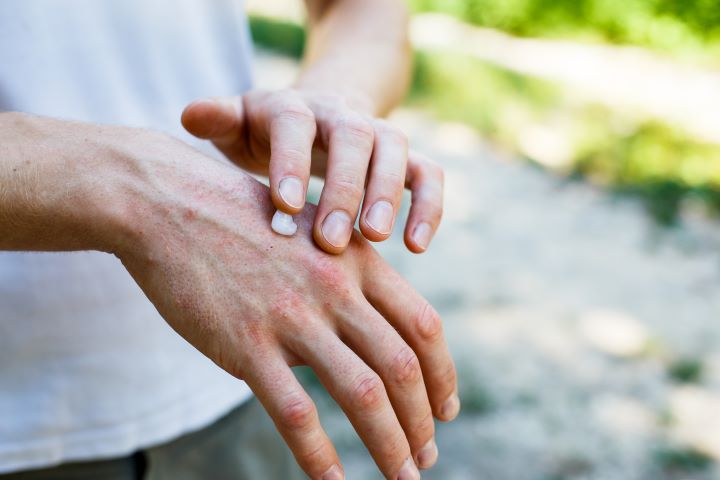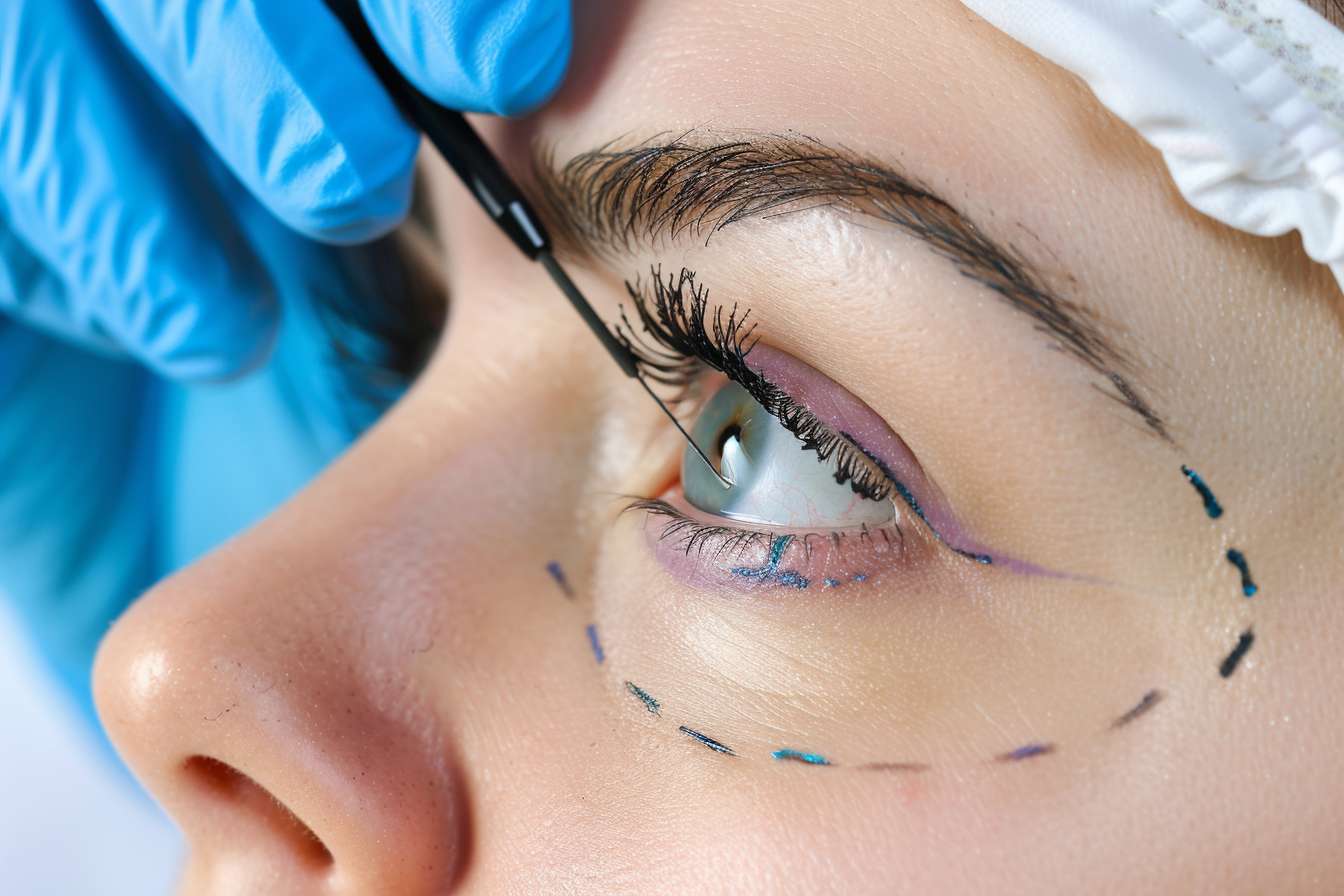Explore Atopic Dermatitis Treatment Options
Atopic dermatitis, commonly known as eczema, affects millions of Americans and can significantly impact quality of life. This chronic inflammatory skin condition causes red, itchy, and sometimes painful rashes that can appear anywhere on the body. Understanding the various treatment options available is crucial for managing symptoms effectively. From topical solutions to advanced biologic therapies, treatment approaches have evolved considerably in recent years, offering new hope for those struggling with persistent symptoms.

Understanding Prescription Creams for Atopic Dermatitis
Prescription topical medications form the cornerstone of atopic dermatitis treatment when over-the-counter options prove insufficient. Topical corticosteroids remain the most commonly prescribed medications, available in various potencies from mild (hydrocortisone) to very strong (clobetasol). These medications work by reducing inflammation and suppressing the overactive immune response in the skin.
Beyond corticosteroids, topical calcineurin inhibitors such as tacrolimus (Protopic) and pimecrolimus (Elidel) offer steroid-free alternatives, particularly beneficial for sensitive areas like the face or skin folds. These medications block specific immune system pathways without causing skin thinning associated with long-term steroid use. Another non-steroid option is crisaborole (Eucrisa), which inhibits an enzyme called phosphodiesterase 4 (PDE4) involved in inflammation.
For optimal results, these medications should be applied to slightly damp skin, typically after bathing, to enhance absorption and effectiveness. Your dermatologist will provide specific instructions regarding frequency and duration of application based on your condition’s severity.
Advanced Atopic Dermatitis Treatment Options in the US
For moderate-to-severe atopic dermatitis that doesn’t respond adequately to topical treatments, several advanced therapies have emerged in the United States. Dupilumab (Dupixent) represents a breakthrough as the first biologic medication approved specifically for atopic dermatitis. Administered as an injection every two weeks, it targets key proteins involved in the inflammatory response.
More recently, oral Janus kinase (JAK) inhibitors including upadacitinib (Rinvoq) and abrocitinib (Cibinqo) have received FDA approval for treating moderate-to-severe atopic dermatitis. These medications work by blocking specific signaling pathways inside cells that contribute to inflammation. Additionally, tralokinumab (Adbry), another injectable biologic that targets the IL-13 cytokine, offers an alternative mechanism for controlling symptoms.
Phototherapy or light therapy presents another option, using controlled exposure to specific wavelengths of ultraviolet light to reduce inflammation and itching. This treatment is typically administered at dermatology clinics and requires multiple sessions for optimal benefit.
Finding Effective Eczema Treatment in Your Area
Locating specialized care for atopic dermatitis in your local area begins with identifying dermatologists who specialize in inflammatory skin conditions. While general dermatologists can certainly diagnose and treat eczema, those with particular expertise in atopic dermatitis may offer more comprehensive care, especially for severe or treatment-resistant cases.
When searching for specialized eczema care locally, consider university medical centers, which often house dedicated eczema or inflammatory skin disease clinics. These centers typically offer the most advanced treatment options and may provide opportunities to participate in clinical trials for emerging therapies. Many medical centers also operate multidisciplinary eczema clinics where dermatologists collaborate with allergists, immunologists, and other specialists to provide comprehensive care.
Patient advocacy organizations like the National Eczema Association offer provider directories to help locate specialists in your region. Additionally, telehealth consultations have expanded access to specialized dermatological care for patients in areas with limited local options.
Comprehensive Management Approaches for Long-term Control
Effective atopic dermatitis management extends beyond medications to include crucial skincare practices and trigger avoidance. A consistent skincare routine featuring gentle, fragrance-free cleansers and regular application of moisturizers forms the foundation of management. Moisturizers should be applied at least twice daily, with emphasis on application immediately after bathing to lock in moisture.
Identifying and avoiding individual triggers represents another vital component of management. Common triggers include certain fabrics (especially wool), harsh detergents, stress, sweating, and specific allergens. Environmental modifications such as maintaining optimal humidity levels (around 45-50%), using air purifiers to reduce airborne allergens, and keeping indoor temperatures moderate can help prevent flares.
For patients experiencing significant sleep disruption due to itching, which affects approximately 80% of those with moderate-to-severe atopic dermatitis, addressing nighttime symptoms requires special attention. This may include evening antihistamines, cooling the bedroom environment, using cotton bedding, and applying prescribed medications before bedtime.
Comparing Prescription Treatment Options and Associated Costs
Treatment selection depends on factors including disease severity, affected areas, patient age, and insurance coverage. Below is a comparison of common prescription treatments for atopic dermatitis:
| Medication Type | Examples | Approximate Monthly Cost | Key Considerations |
|---|---|---|---|
| Topical Corticosteroids | Triamcinolone, Fluocinonide | $30-150 (generic) | Potential side effects include skin thinning with prolonged use |
| Topical Calcineurin Inhibitors | Tacrolimus (Protopic), Pimecrolimus (Elidel) | $200-400 | May cause temporary burning sensation; no skin thinning |
| Phosphodiesterase Inhibitors | Crisaborole (Eucrisa) | $600-800 | Newer option with fewer long-term side effects |
| Biologics (Injectables) | Dupilumab (Dupixent), Tralokinumab (Adbry) | $3,000-4,000 (before insurance) | Requires injections; may provide significant improvement |
| JAK Inhibitors (Oral) | Upadacitinib (Rinvoq), Abrocitinib (Cibinqo) | $4,000-5,000 (before insurance) | Convenient oral administration; requires monitoring |
Prices, rates, or cost estimates mentioned in this article are based on the latest available information but may change over time. Independent research is advised before making financial decisions.
Many insurance plans cover these treatments, though prior authorization is often required for biologics and JAK inhibitors. Pharmaceutical companies frequently offer patient assistance programs that can significantly reduce out-of-pocket costs for eligible patients. Working with a healthcare provider to document treatment failures and medical necessity helps facilitate insurance approval for advanced therapies.
Integrating Treatment With Lifestyle Modifications
Successfully managing atopic dermatitis often requires integrating medical treatments with lifestyle adaptations. Dietary modifications may benefit some patients, particularly those with identified food allergies or sensitivities. While no universal diet works for everyone with eczema, some individuals notice improvement when avoiding common trigger foods such as dairy, eggs, nuts, or gluten.
Stress management techniques can also play an important role, as emotional stress frequently triggers flares. Practices such as mindfulness meditation, yoga, and regular physical activity help reduce stress while potentially improving overall skin health. For children with atopic dermatitis, establishing consistent routines around bathing, moisturizing, and medication application helps ensure treatment adherence and effectiveness.
This article is for informational purposes only and should not be considered medical advice. Please consult a qualified healthcare professional for personalized guidance and treatment.




